Health
New Uganda study shows Oxygen Access increase among neonates & children in Hospitals
Published
2 years agoon
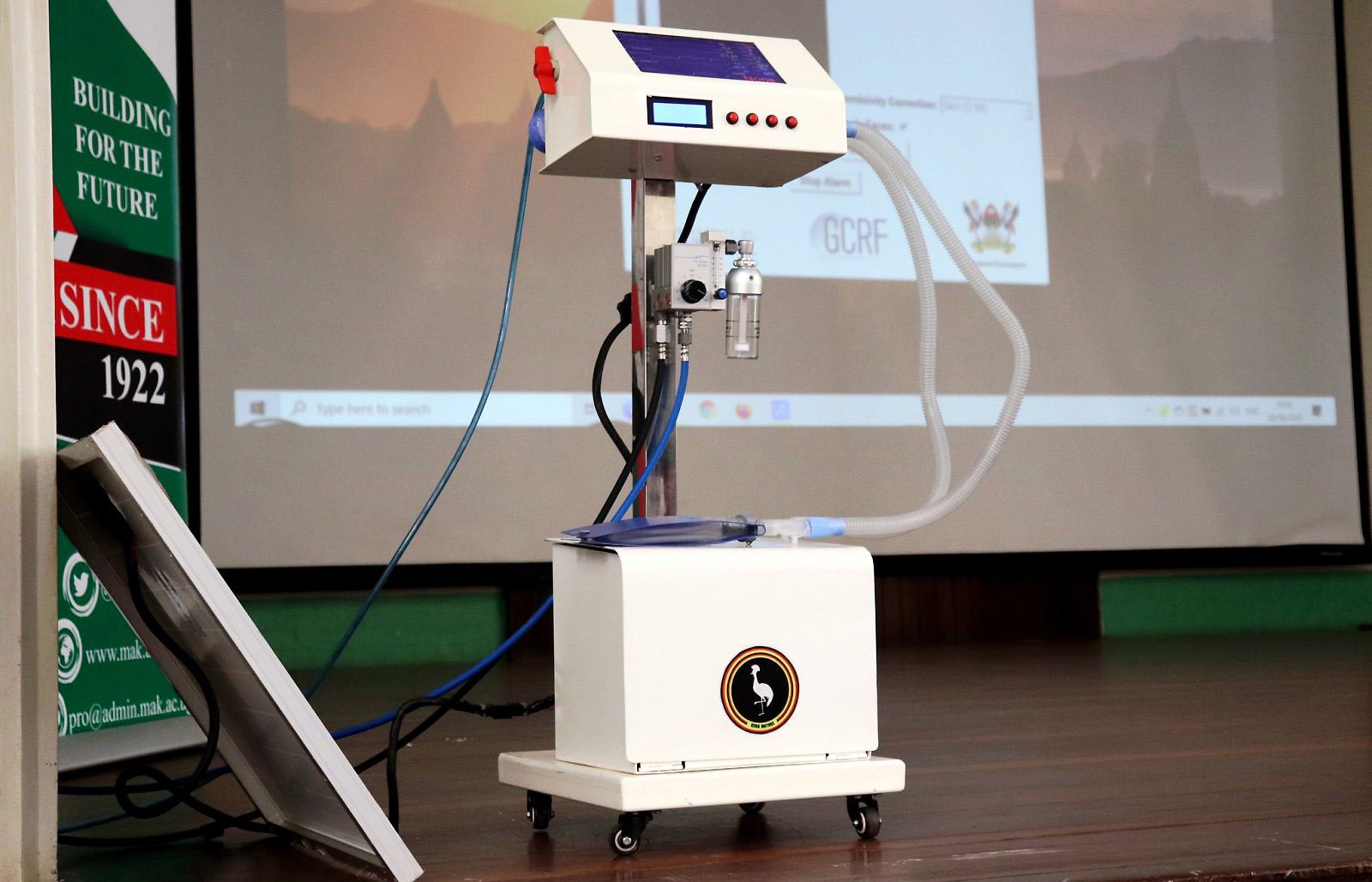
A new study in Uganda has shown a significant increase in oxygen access and pulse oximetry among neonates and children in health facilities.
Preliminary findings published in The Lancet, the world’s highest-impact medical and academic journal show the positive impact of a diverse oxygen systems strengthening intervention on diagnosis, oxygen therapy use, and mortality rates.
Titled; “Improving Effective Coverage of Medical Oxygen Services for Neonates and Children in Health Facilities in Uganda: A Before-After Interventional Study,” the study shows that large-scale improvements in hospital oxygen services are achievable in a relatively short timeframe and have great potential for impact.
The study was led by Dr. Freddie Ssengooba, an Associate Professor of Health Policy Planning and Management, at the School of Public Health and Dr. Freddy Eric Kitutu, a Senior Lecturer of Health Systems Pharmacy both co-chairs of the Lancet Global Health Commission on Medical Security. Other researchers on the study include Hamish Graham from the University of Melbourne, Yewande Kamuntu, Blasio Kunihira, Santa Engol, Jasmine Miller, Absolom Zisanhi, Dorcas Kemigisha, Lorraine Kabunga and Felix Lam all from Clinton Health Access Initiative, Dr. Charles Olaro from Uganda’s Ministry of Health and Dr. Harriet Ajilong from the Uganda Paediatric Association.
From June 2020 to June 2022, an intervention study assessed neonates and children at 31 government health facilities in Uganda’s Busoga and North Buganda regions, located at altitudes of 1100-1400 meters. The primary outcome measured the proportion of patients with documented pulse oximetry on admission.
Secondary outcomes included patients with severe hypoxaemia (SpO2 < 90%) receiving oxygen, overall oxygen usage, and appropriate oxygen usage. The study’s primary effectiveness analysis compared pulse oximetry coverage before and after the intervention, incorporating a 4-month washout period. The analysis utilized mixed-effects logistic regression, adjusting for clustering at individual facilities, age (child versus neonate), and sex (male versus female).
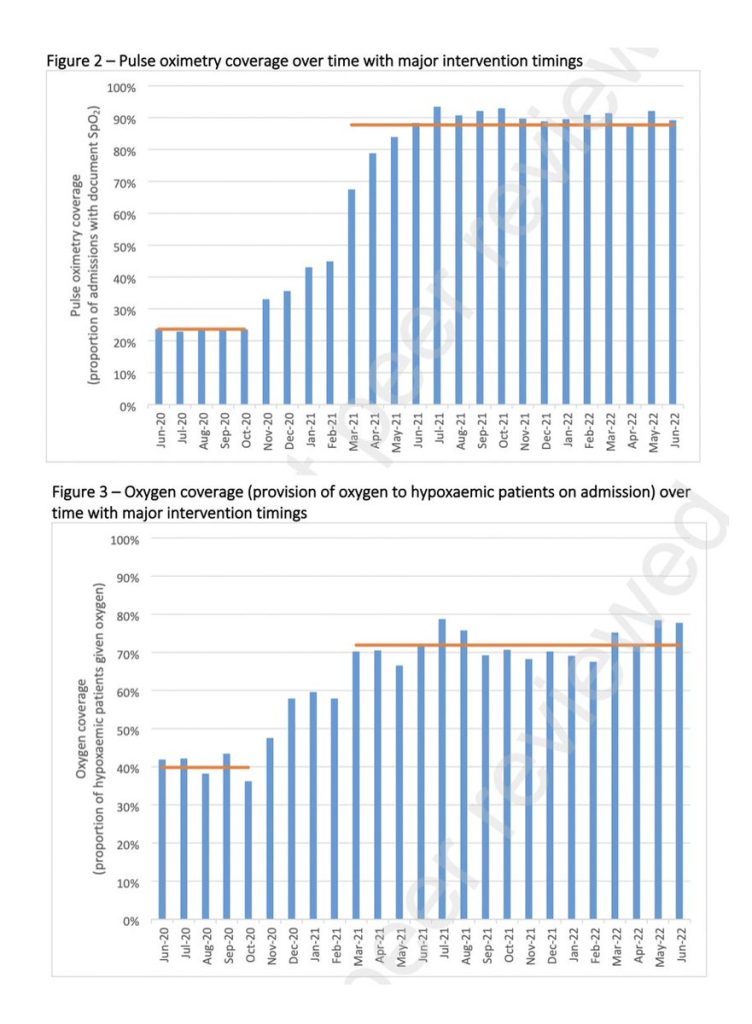
Researchers analyzed 64,562 patients (25% neonates) and observed a significant rise in pulse oximetry coverage during the intervention period, increasing from 24% to 88% with an adjusted odds ratio of 40.1 (95% confidence interval: 37.4 to 42.9).
They also observed better oxygen coverage for children and neonates with low oxygen levels, increasing from 40% to 71%, with an adjusted odds ratio of 3.81 (95% confidence interval: 3.26 to 4.46).
Additionally, there was a slight increase in overall oxygen usage, rising from 8% to 11%, with an adjusted odds ratio of 1.95 (95% confidence interval: 1.79 to 2.13).
“Improvements were relatively greater in smaller facilities and for children (versus neonates). We estimated additional patients served and lives saved in the post-intervention period using observed effect estimates in this and other studies,” reads the study.
With these findings, researchers are calling on governments in low-income and middle-income countries to create oxygen plans and invest in proven solutions, like incorporating pulse oximetry in regular hospital care, and providing clinical as well as biomedical mentorship and support.
For all age groups, medical oxygen is essential for both acute and chronic health problems. Scientific evidence suggests access to medical oxygen services that are safe, economical, and appropriate is essential for improving overall health and achieving Sustainable Development Goals. Unfortunately, inadequate or inconsistent oxygen supplies present challenges for many low- and middle-income nations, particularly for small medical facilities in underserved areas.

Disruptions in the oxygen supply during the COVID-19 pandemic caused excessive deaths, which predominantly affected countries with low to middle incomes. According to a 2021 study, half of the COVID-19 patients who died in 64 critical care units across ten African countries did not receive the required medical oxygen.
The study was funded by a grant from the Bill and Melinda Gates Foundation (BMGF) and ELMA Philanthropies to the Clinton Health Access Initiative (CHAI) and approval from Makerere University School of Health Sciences Research and Ethics Committee, and the Uganda National Council of Science and Technology.
Available at SSRN: https://ssrn.com/abstract=4676954 or http://dx.doi.org/10.2139/ssrn.4676954
You may like
-
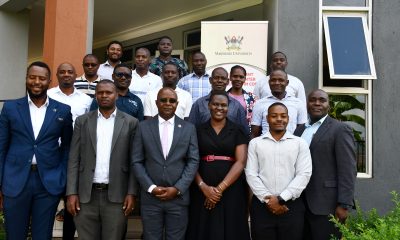

KCCA Officials Begin Two-Week Public Investment Management Training in Jinja
-
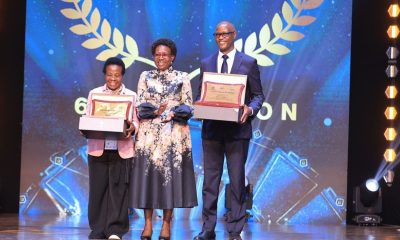

MakCHS Staff recognised for their contribution to health at 2025 HIHA Awards
-


Makerere University and Ministry of Public Service Study Reveals Impact of Salary Enhancement on Teacher Performance in Uganda
-
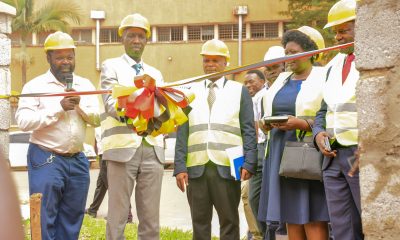

Real life project: Makerere University Vice Chancellor hands over constructed Wall Fence to Makerere College School
-
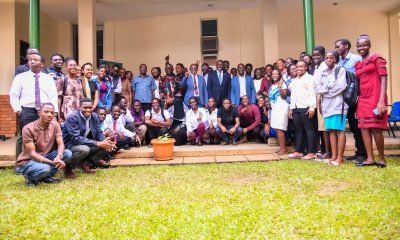

SFTNB-MIIC Partnership Nurtures Entrepreneurial Learners & Change Agents
-
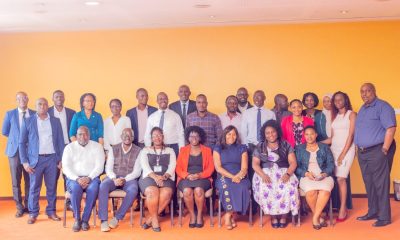

MakSPH, MOH and JMS Lead National Efforts to Build a Resilient Health Supply Chain
Health
MakCHS Staff recognised for their contribution to health at 2025 HIHA Awards
Published
4 hours agoon
November 17, 2025By
Zaam Ssali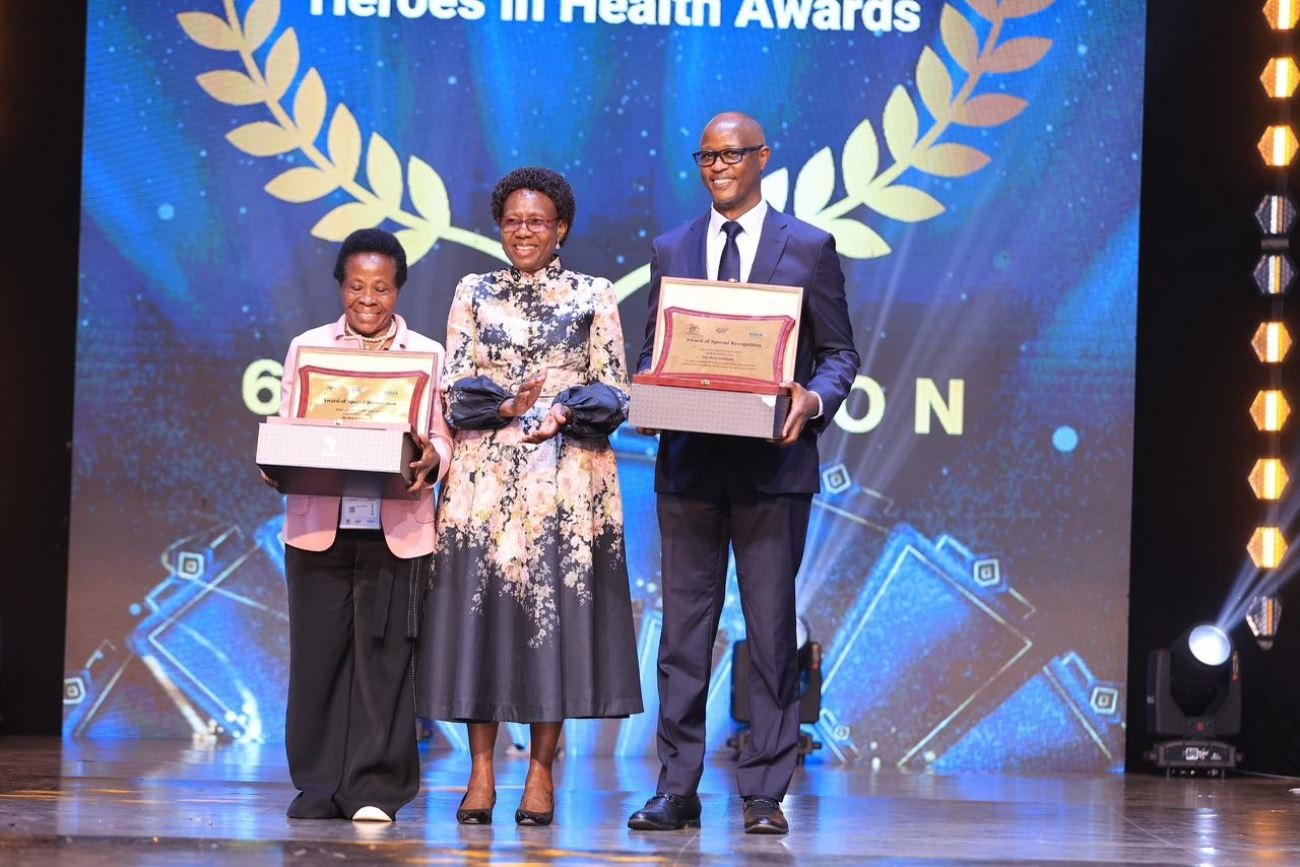
Professor Moses Kamya, Professor Nelson Sewankambo, Professor David Serwadda and Professor Moses Galukande, staff from the Makerere University College of Health Sciences (MakCHS) were recognised for their contribution to the health sector in Uganda and beyond. The recognition was at the 6th edition of the Heroes in Health Awards (HIHA) held on 14th November 2025 during the Africa Health Summit at Kololo Ceremonial Grounds, Kampala.
Professors Kamya, Sewankambo and Serwadda won the Excellence in Health Academia Award. The award is in recognition of their outstanding contribution to advancing health policy, practice and innovation through teaching, research and mentorship. HIHA organisers noted that the legacy of the three professors inspires the next generation of health leaders.
In comments from staff at MakCHS the professors are summed up as, ‘senior colleagues, teachers, and mentors for the lifelong dedication to strengthening health systems, advancing ground-breaking research shaping national policy, and training generations of public health leaders. Their work has elevated not only Makerere University, but the entire health sector in Uganda and beyond’.
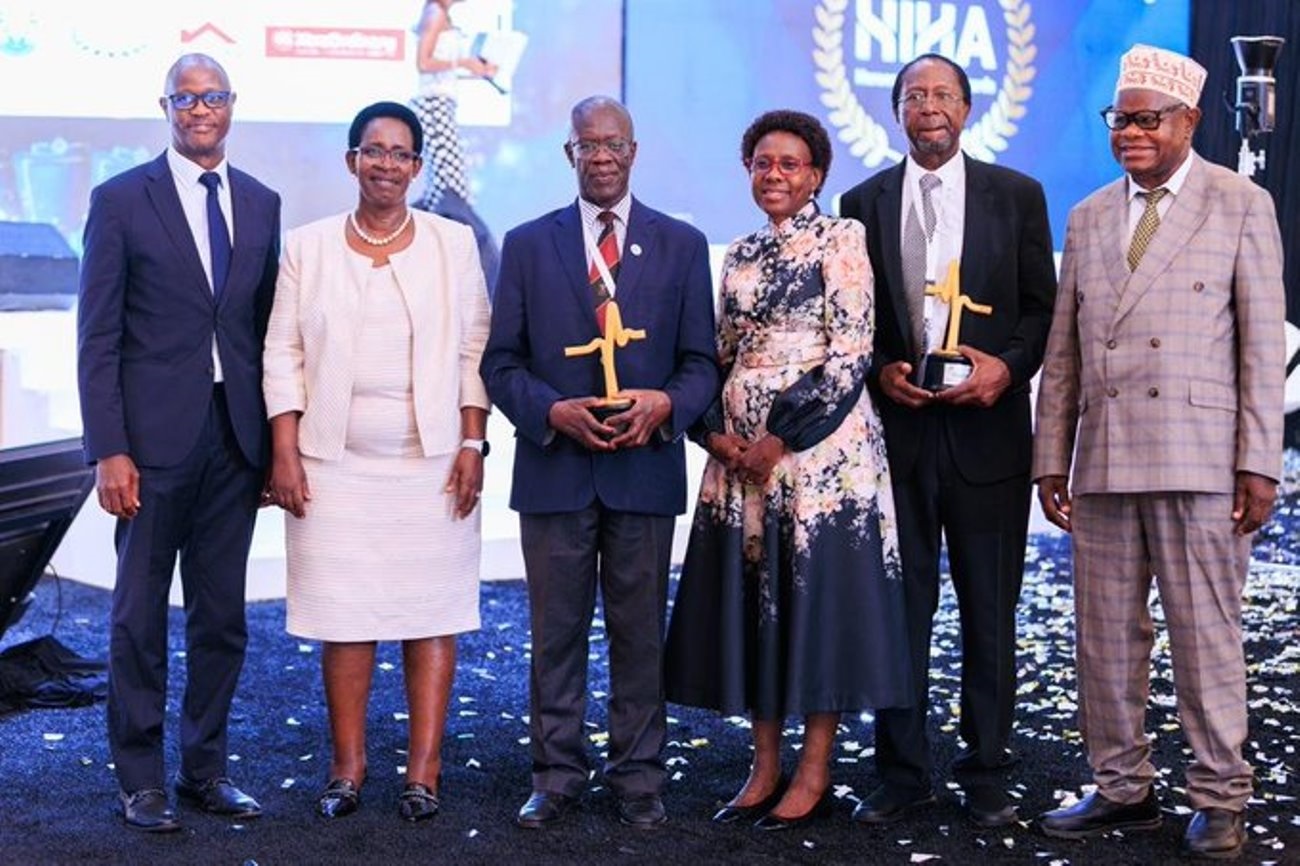
Professor Moses Galukande received the Minister’s Special Recognition Award for his outstanding service and dedication to advancing health outcomes and innovation.
HIHA is an annual public-private partnership initiative launched in 2019 by the Ministry of Health in Uganda with support from Xtraordinary Media. It is a public choice award where members of the public nominate and vote for individuals, organizations, and programs making outstanding contributions to the health sector. The awards aim to recognize and celebrate unsung heroes across Uganda, including frontline health workers, innovators, researchers, policymakers, students, and community health champions. “Strengthening Health Systems, Empowering Communities through Self-Care and Sustainable Solutions,” emphasizing the importance of community engagement, innovation, and resilience in healthcare delivery was the theme for HIHA 2025.
Health
MakSPH, MOH and JMS Lead National Efforts to Build a Resilient Health Supply Chain
Published
6 days agoon
November 11, 2025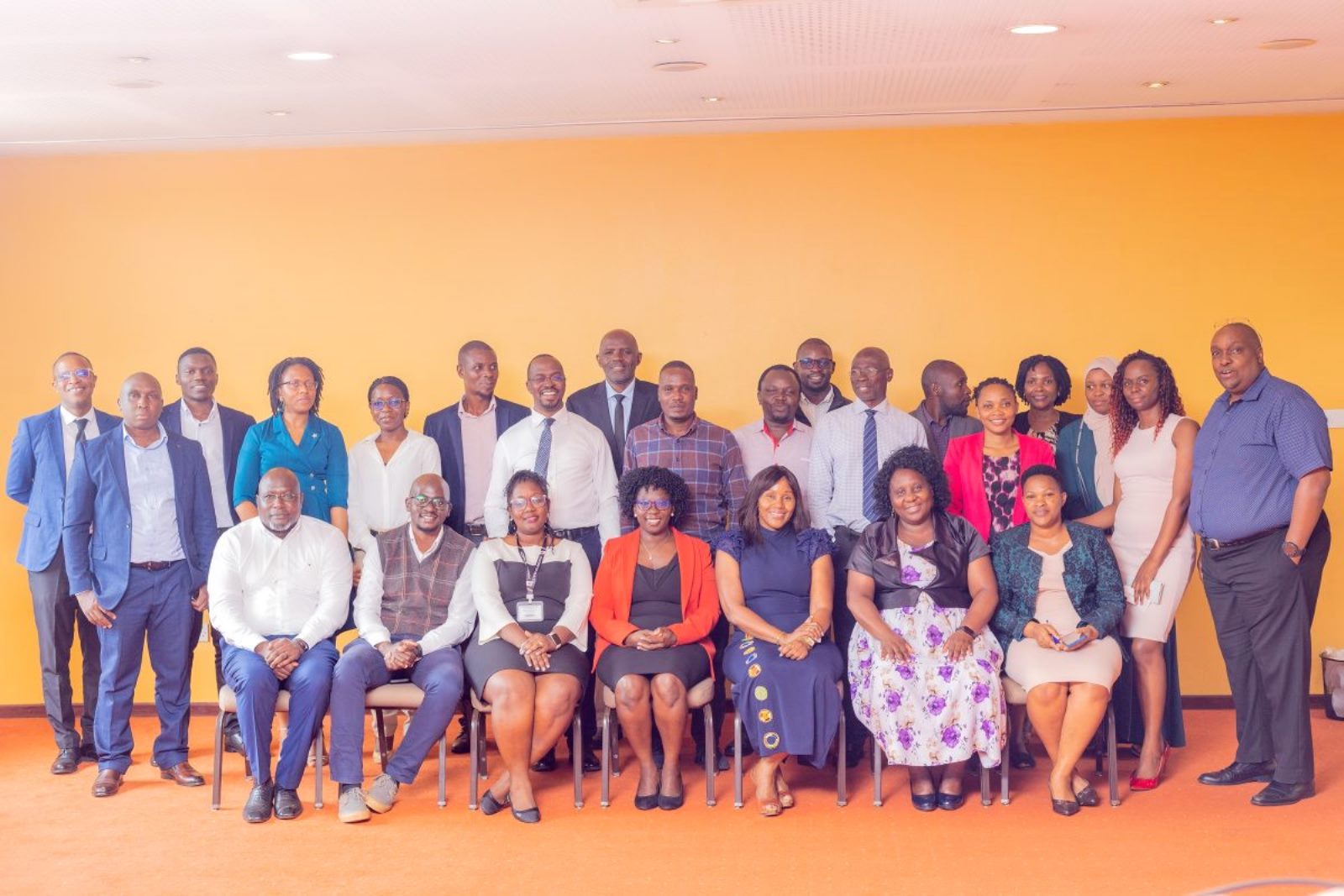
Kampala, 11 November 2025 —Makerere University School of Public Health (MakSPH), the Ministry of Health (MoH) and Joint Medical Stores (JMS) have launched a project to boost Uganda’s health supply chain. Backed by the Gates Foundation, it aims to improve emergency deliveries and use data to ensure lasting resilience.
The intervention began on Thursday, 6 November, with the flag-off of emergency distribution of medicines and health supplies at JMS in Nsambya. Under a sub-award from MakSPH, JMS is leading warehousing, distribution, redistribution of essential commodities, reverse logistics, and technical support to health facilities, including digital training for over 1,100 facilities in the Integrated Online Ordering System. The operation aims to deliver USAID-supplied medicines that had remained in storage since donor support was suspended earlier this year, preventing expiry and restoring last-mile delivery across the country.
Building on this, MakSPH convened a stakeholder consultative workshop on Monday, 10 November, at Kabira Country Club to guide the research component of the initiative. Officials from the Ministry of Health, development partners, and health logistics experts reviewed the scope of a new study on strategic analytics to strengthen a sustainable and resilient health supply chain. The consultation focused on refining research questions to ensure alignment with national priorities and stakeholder needs.
Dr. Suzanne Kiwanuka, Associate Professor and Head of the Department of Health Policy, Planning, and Management (HPPM), stressed the need for practical, evidence-based collaboration.
“Our commitment is to make sure that whatever evidence we generate is useful. We want perspectives on governance, implementation, and the frontline, because when the supply chain isn’t functioning, a lot goes wrong,” said Prof. Kiwanuka.
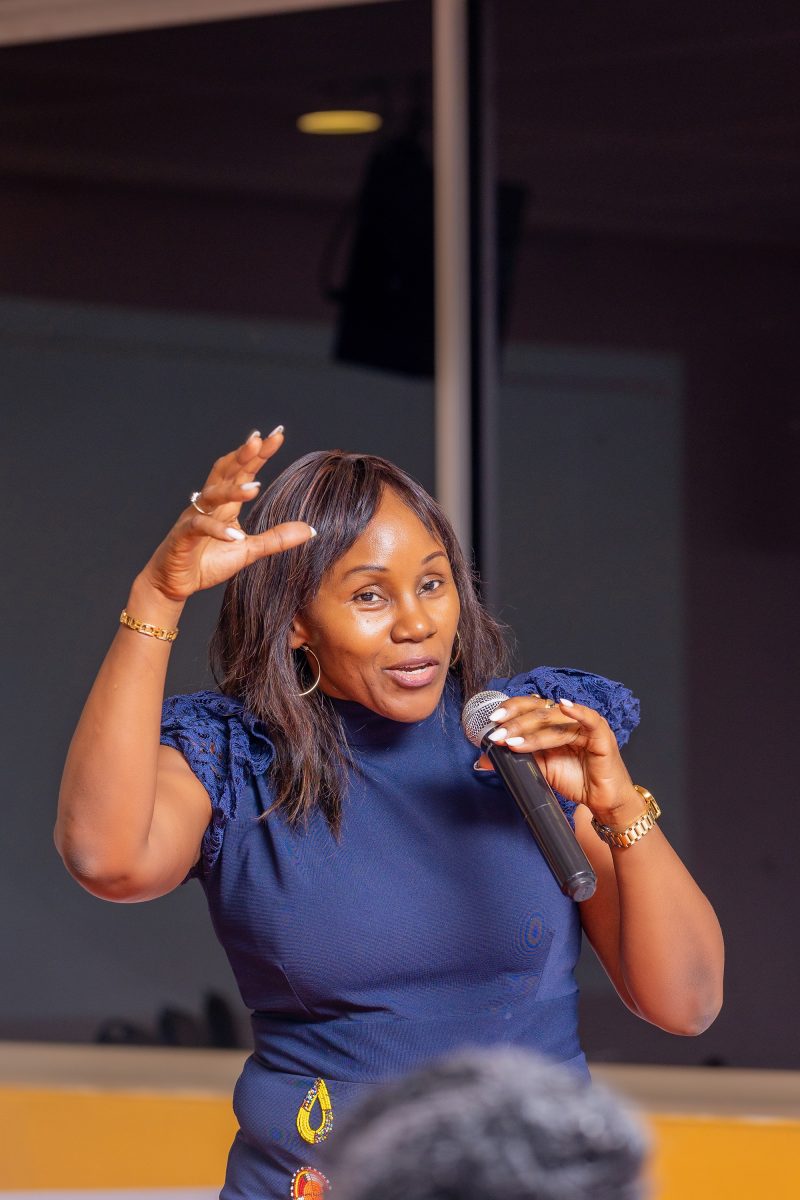
The Ministry of Health has welcomed ongoing support from partners to stabilise the supply chain.
“I want to draw attention back to our 10-year health supply chain roadmap. Despite disruptions, we made important milestones in the first five years, and with support from Makerere University School of Public Health and the Gates Foundation, we are now focused on understanding challenges and building a resilient, sustainable supply chain,” said Dr. Ajulong Martha Grace, Assistant Commissioner, Pharmaceutical Supply Chain and Logistics.
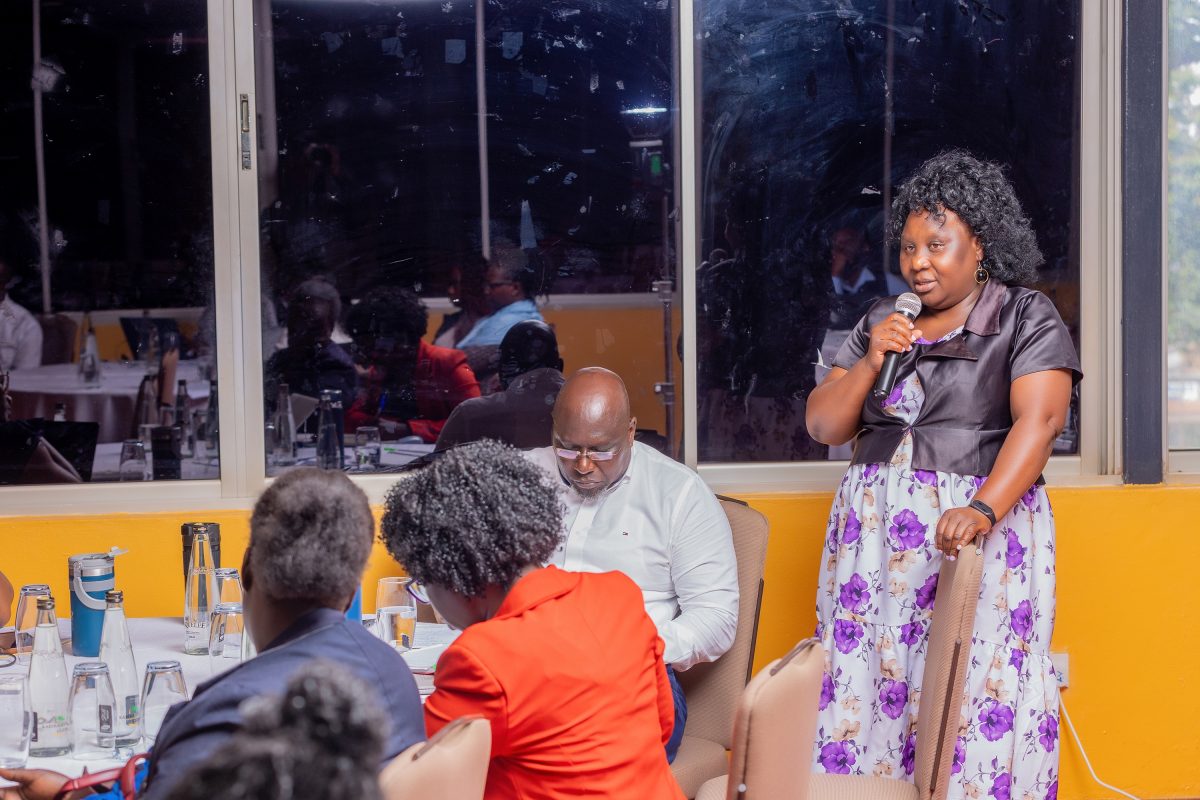
Over the past decade, Uganda’s health supply chain has made steady progress under the 10-Year Roadmap for Health Supply Chain Self-Reliance (2021/22–2031/32), which sets out a vision for a self-reliant, efficient, and transparent system that ensures uninterrupted access to essential medicines. Efforts have focused on increasing financing, digitising logistics, strengthening local manufacturing, and expanding infrastructure.
Despite these gains, the system remains vulnerable. Limited financing, capacity gaps at subnational levels, and poor commodity reporting have contributed to stockouts and wastage. Heavy reliance on donor support, compounded with back-to-back shocks, has left Uganda’s health system exposed to shocks, such as the recent suspension of USAID support, which disrupted last-mile delivery to over 530 private not-for-profit health facilities.
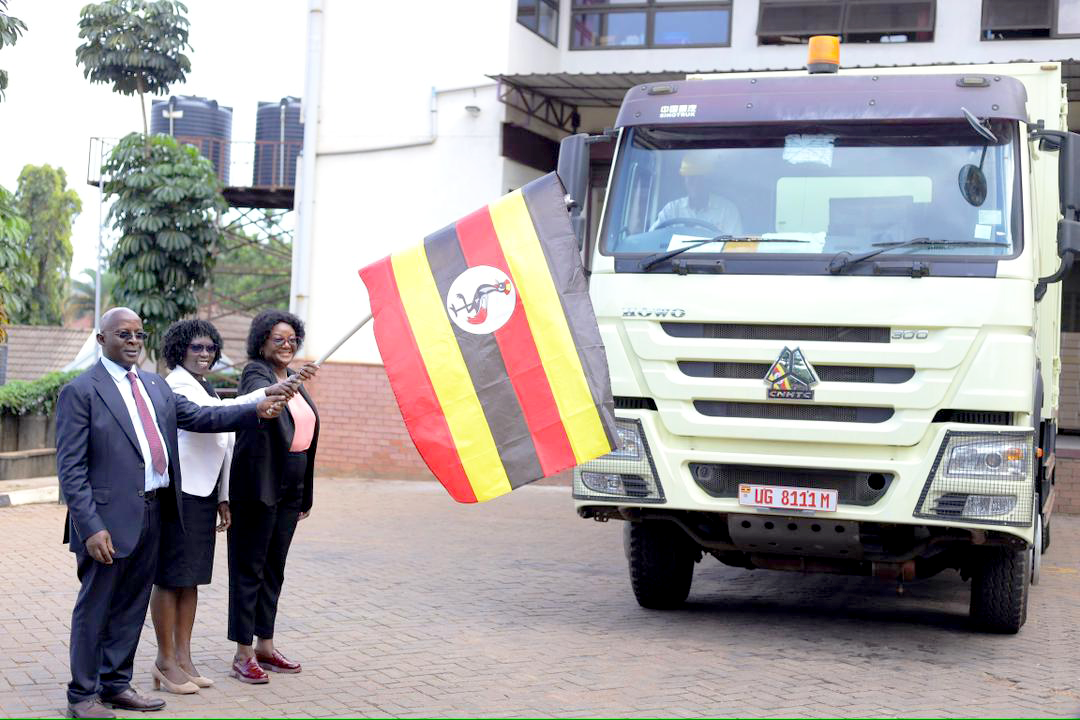
Commodities worth more than UGX 79 billion have remained in storage, risking expiry and could potentially reverse service delivery gains. The Gates Foundation’s support comes at a critical moment to stabilise last-mile distribution while generating analytics to address deeper structural challenges.
“Before these financial disruptions, our public sector supply chain was already under intense pressure to meet rising last-mile demands. The current challenges are a critical opportunity to address long-standing bottlenecks, improve delivery of essential medicines, strengthen real-time monitoring, and build a more sustainable health system in Uganda,” said Timothy Musila, a Health Policy, Planning and Financing Specialist.
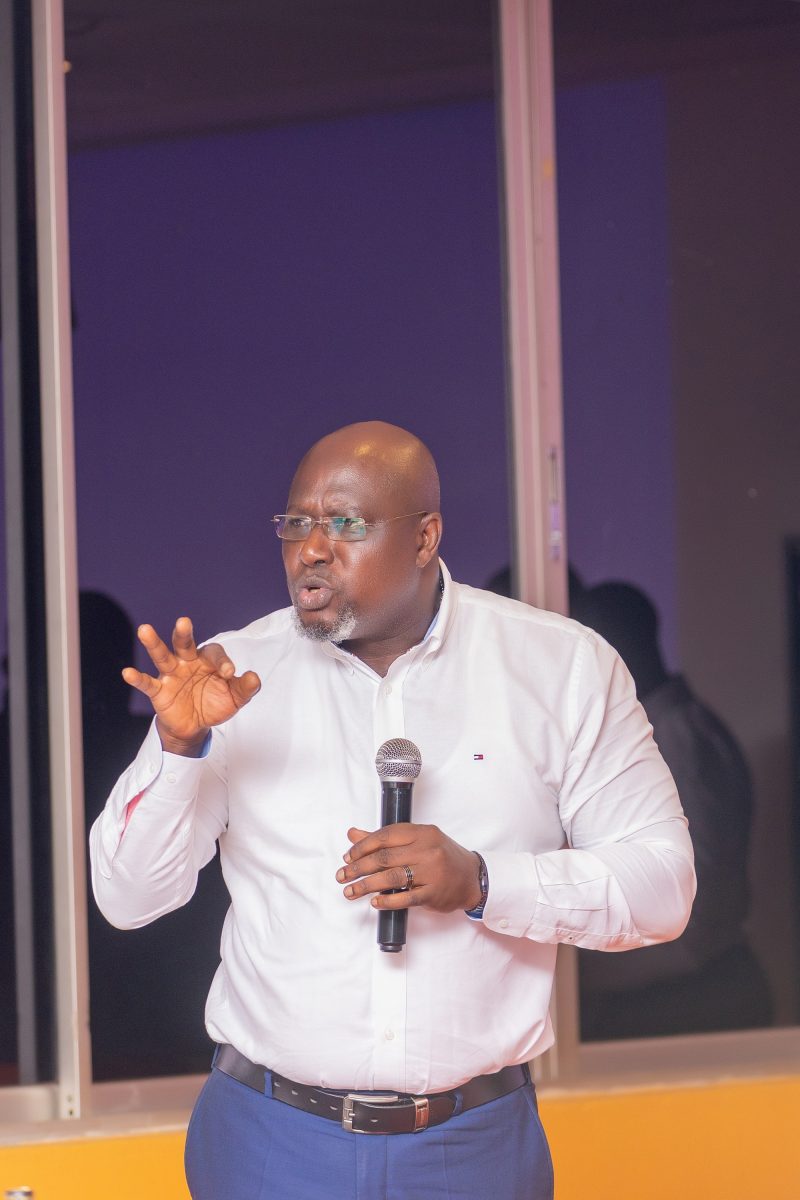
MakSPH, in partnership with the Ministry of Health, will carry out Strategic Systems Analytics to strengthen Uganda’s supply chain. The research will examine financing gaps, fiscal space, operational inefficiencies, and performance at the subnational and last-mile levels. This co-created evidence generation will also identify opportunities for sustainable financing and efficiency gains to reduce reliance on external aid and to guide reforms that ensure that essential medicines and products remain accessible to all Ugandans.
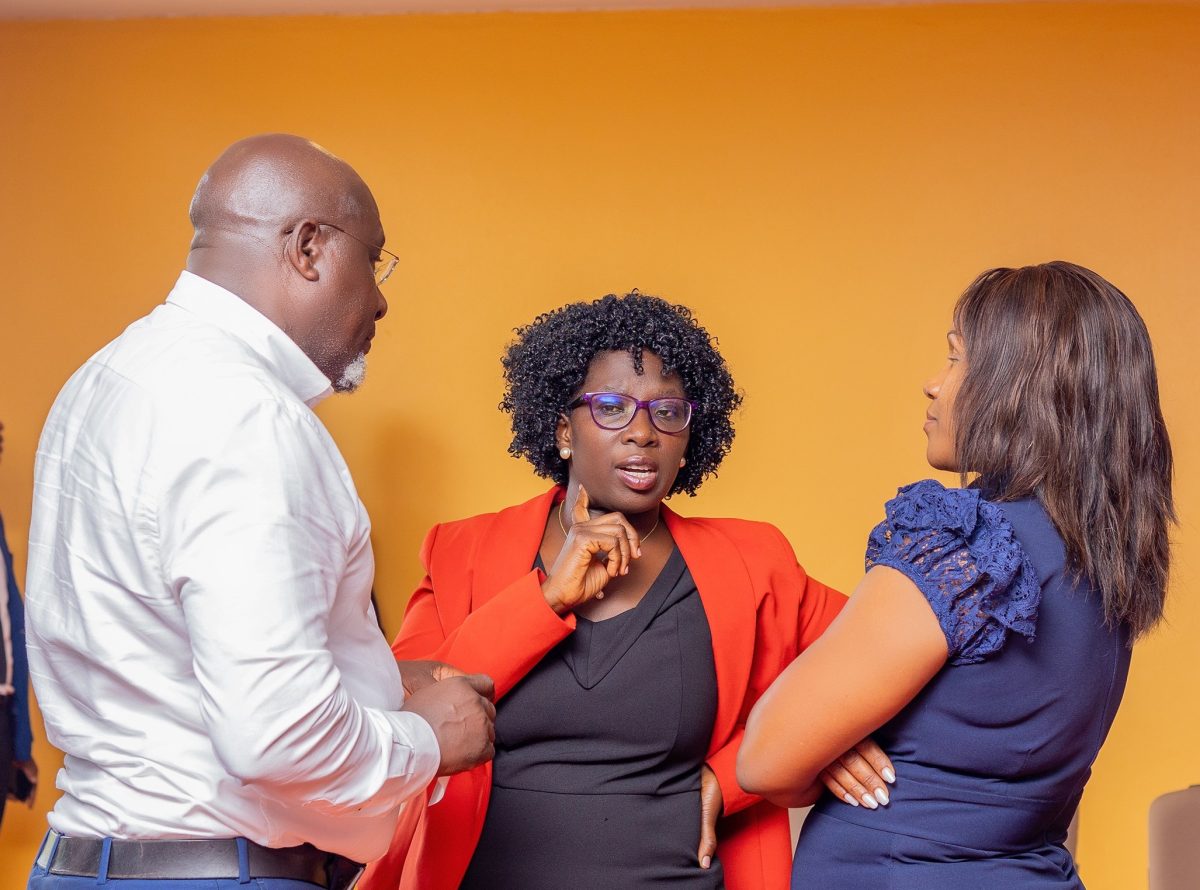
This work is spearheaded by Professor Rhoda Wanyenze, as the Principal Investigator, and Associate Professor Suzanne Kiwanuka, the Co-Principal Investigator/Research Technical Lead on the Makerere University side. Dr. Charles Olaro, Director General of Health Services at the Ministry of Health, is the focal person on a five-member steering committee overseeing the implementation. The team includes Pamela Achii, Procurement and Supply Chain Management Specialist at the Ministry, and Mr. Timothy Musila.
Health
JASH2025 wraps with the 23rd Matthew Lukwiya Memorial Lecture and Kampala Declaration Statement
Published
1 week agoon
November 7, 2025By
Zaam Ssali
The 19th Joint Annual Scientific Health Conference (JASH) and Inaugural National Annual Communicable and Non-Communicable Conference (NACNDC) held at Speke Resort Munyonyo ended on Friday 7th November, 2025 with the 23rd Matthew Lukwiya Memorial Lecture and a Kampala Declaration Statement.
The joint conference that began on 3rd November, 2025 themed, ‘Unified Action Against Communicable and Non-Communicable Diseases’ was organised by Makerere University College of Health Sciences (MakCHS), Makerere University School of Public Health (MakSPH) and Ministry of Health (MoH). The meeting brought together representatives from Central Government, Ministry of Health, academia, civil society, local governments, private sector, development partners, professional associations, local governments and communities.
Kampala Declaration Statement
Dr. David Musoke, Assoc. Professor at MakSPH who was Co-Chair of the Organising Committee delivered the Kampala Declaration which defined the priorities/commitments of the delegates from the dialogue at the conference.
The declaration highlighted the background of setting the priorities as thus: 1. Uganda’s dual disease burden from communicable diseases (CDs) alongside the growing rise of non-communicable diseases (NCDs). 2. The biological, social and clinical intersections between CDs and NCDs, which compete for limited resources. 3. Threats posed by antimicrobial resistance (AMR), climate-sensitive diseases, zoonotic spillovers, and emergency outbreaks such as Ebola, COVID-19, and Marburg. 4. Uganda’s commitment to Universal Health Coverage (UHC), the Africa CDC’s New Public Health Order, the Sustainable Development Goals (SDGs), the International Health Regulations (IHR), the International Covenant on Economic, Social and Cultural Rights, and the Global Health Security Agenda (GHSA). 5. The integration of health services at facility level continues to face challenges due to high patient-to-health worker ratios and inadequate infrastructure, which impede the delivery of comprehensive, timely, and quality healthcare services;
Emphasizing the need to involve all stakeholders—including from education, agriculture, environment, engineering, urban planning, gender, as well as community and religious leaders, and others—in the fight against communicable and non-communicable diseases; 6. The persistent challenges in access to healthcare across the country due to delays in diagnosis and treatment-seeking, and emphasizing the urgent need to strengthen early detection, ensure timely access to quality healthcare, and enhance community awareness about prompt medical attention; 7. Protection and promotion of human rights are fundamental to ensuring health, dignity, and well-being for all citizens, as these rights form the foundation of equitable access to quality healthcare services; 8. The global threat of antimicrobial resistance (AMR), now causing an estimated 700,000 deaths annually, and recognizing its strong link to self-medication, poor diagnostic capacity, and weak public health interventions; 9. Health policies and investments have focused more on curative than preventive care, underscoring the need to reinstate a strong prevention-oriented approach; 10. Many Ugandans remain inadequately informed about health issues affecting them and their role in promoting health within their communities; 11. Rapid industrialization, urbanization, and lifestyle changes are significantly contributing to the rising burden of NCDs;
The Kampala Declaration was presented as a shared call to action, a platform for sustained collaboration, and a blueprint for strengthening integrated and equitable health systems. The declaration is premised on the following priorities:
- Multisectoral Collaboration and One Health Approach: Affirmation of the requirement for involvement of the whole-of-society and whole-of-government approach to accelerate disease prevention, health promotion, and self-care through evidence-based awareness.
- Integrated, People-Centered Disease Prevention and Care: The urgent need to focus on people, not diseases, using a life-course approach and strengthening integrated service delivery across CDs and NCDs at all levels.
- Strengthened Data, Research, and Policy Translation: Recognition of the importance of timely, interoperable, and disaggregated data to inform policy, financing, and implementation decisions. In addition, commit to collaboration between academic institutions, policymakers, CSOs, and community influencers to bridge the gap between research and practice.
- Financing: Commit to advocate for increased domestic financing to progressively reduce dependence on external aid, ensuring predictable and sustainable resources for integrated disease prevention and care. Promote efficiency and accountability in health spending by strengthening budget tracking, performance-based financing, and public financial management systems. Support innovative financing mechanisms, including public-private partnerships, social health insurance, and community-based financing schemes to expand coverage and affordability.
Specific calls were directed to the various stakeholders respective to their mandates and roles.
Government of Uganda and the Ministry of Health: To accelerate implementation of integrated strategic plans for CDs, NCDs, and epidemic preparedness under a unified health systems approach; Institutionalize NACNDC–JASH as the official Annual Integrated National Health platform for disease dialogue and innovation, co-led by the Ministry of Health and academia; Mobilize domestic and international financing to strengthen primary healthcare, laboratory networks, and community systems; Enforce laws and policies aimed at preventing and controlling substance abuse nationwide.
Academia: Generate policy-relevant evidence and drive innovation in diagnostics, surveillance, and culturally appropriate care; Establish multidisciplinary working groups to connect research, clinical practice, and policy; Train health professionals in integrated, competency-based, and future-ready approaches; Create innovation hubs and partnerships linking academia, communities, and industry to co-develop scalable, people-centred solutions; Leverage technology and innovation to effectively address CDs and NCDs; and Prioritize locally led research focused on Uganda’s health realities, including NCDs, CDs, mental health, and climate-linked risks.
Development Partners and Donors: Align technical and financial support with Uganda’s integrated disease control priorities; Support the development of a national research agenda driven by local health needs; Strengthen health system resilience, digital transformation, and community-led interventions; and promote regional knowledge sharing, South-South collaboration, and local manufacturing of diagnostics and medicines.
Private Sector and Civil Society: Engage in public-private partnerships to expand access to diagnostics, care, and innovation; Champion community-responsive models for disease prevention; rehabilitation, and continuity of care; Strengthen advocacy, accountability, and public education through multimedia and grassroots platforms; Raise public awareness on mental health, sickle cell disease, asthma, and diabetes, integrating these services into primary care and reducing stigma and discrimination.
In view of the background, priorities and expected action from the stakeholders as highlighted above, the declaration also endorsed the development and dissemination of: a National Integrated Disease Control Strategy, informed by best practices and policy dialogues from this conference; a Multisectoral Action Framework guiding collaboration among health, education, agriculture, environment, and finance sectors; A Monitoring Mechanism to track implementation and institutionalize annual
reporting on disease integration; and the continuation of joint annual NACNDC and JASH conferences to sustain momentum.
Setting the Pace
Through the conference, keynote speakers delivered addresses which set pace for the dialogue by participants at the conference.
Dr. Queen Dube, Lead – Newborn Programme Implementation, Policies and Standards at the World Health Organisation (WHO), Geneva and Co-Chair of Every Woman, Every Newborn (EWENE) Country Implementation Group highlighted the reasons for rising disease burden of NCDs across sub-Saharan Africa including industrialization and urbanization; shifting dietary patterns; improved means of transport and communication which converts to less movement.
Dr. Dube noted that, the poorer one is, the higher the risk of one dying due to an illness either through communicable or non-communicable diseases. She stressed the importance for a unified action against diseases as opposed to fragmentations or silos by different working groups of various diseases. Duplication of efforts spreads thin the available resources, yet more efficiency and effectiveness could be enjoyed, she added.
Her call for action was, ‘health is interconnected, our response must be to; collaboration saves lives; and together, we can build a healthier, more resilent world’.

Delivering his keynote speech on the final day of the conference, Prof. Francis Omaswa, Founder and Director – African Centre for Global Health and Social Transformation (ACHEST) reminded the delegates that, ‘it is up-to us to achieve our goals provided we commit to do what is expected of us in the best possible way’.
He questioned why Africa continues to lag behind in the global health indices considering the professionals present on the continent. ‘Inclusiveness, equity and working together is the way forward’, he advised.
Prof. Omaswa reminded the delegates that Uganda in particular achieved in areas like HIV/AIDS control, therefore the means we used then must be employed in fighting communicable and non-communicable diseases. He heighted that, some of the means included leadership at all levels, working together, for monitoring and reporting, engagement of youth through the means they respond to among others.

‘Let no one go to sleep, each one of us is a leader at our levels of responsibility and we must make sure that there is coordination and supportive supervision within the health system’, Prof. Omaswa reiterated.
In his keynote speech, Dr. David Serwadda, a Professor in the Department of Disease Control and Environmental Health at MakSPH reminded researchers and academia the importance of their work to disease prevention and control. He stressed that the link between research and implementation is critical for a unified action, and there bridging the gap must be intentional.

23rd Dr. Matthew Lukwiya Memorial Lecture
Dr. Matthew Lukwiya is remembered for his leadership and selflessness as a Ugandan physician at the forefront during the Ebola virus disease outbreak in Uganda in 2000 until de succumbed to the disease. He was the supervisor at St. Mary’s Hospital Lacor, outside Gulu City, Uganda; Gulu district was an epicentre of the disease at the time.
As has been the case at the previous JASH conferences, the 23rd edition of the Matthew Lukwiya Memorial Lecture was held on the final day of the conference, themed, “Identified Critical Gaps in the Response to Outbreaks”.
The session convened leading scientists, policymakers, community and health professionals to reflect on lessons learnt from past epidemics and chart strategies for stronger preparedness, response and resilience across the health system.
The Way forward
At the end of the meeting, delegates were advised that information from the meeting will be shared through a link on the MakSPH website and abstracts will be published as well.
Prof. Rhoda Wanyenze, Dean-MakSPH who also represented Prof. Bruce Kirenga, Principal-MakCHS thanked all participants for attending the dual conference and willingness to share information in support of integrating to improve Uganda’ Health System. She also thanked the organising committee and partners for the support leading to a successful conference.
‘What is it that touched you at this conference, what are the takeaways and I implore you to reflect on the discussions and create a change. This is not business as usual and let us make change.’, the Dean said.
Prof. Wanyenze handed the baton to the School of Medicine who will work with the MoH in organising the conference in 2026.
Closing by the Permanent Secretary

The conference was officially closed by Dr. Diana Atwine, Permanent Secretary-MoH. She highlighted five points for all of us to remember as takeaway from the dialogue.
- All of us should innovate solutions for the challenges before us including innovative leadership. Uganda’s population growth remains high and the resources are not growing at same rate therefore challenges will continue to arise therefore innovation is necessary.
- Inculcate a culture and mindset change and remember health change begins with each of us.
- Integrate not verticalization because it is the right thing to do, leads to efficiency and gives results.
- As government continues to explore means of resource mobilisation, smart investments in high impact activities and priorities are critical.
- Call upon all of us, to implement the resolutions reached.
She thanked all stakeholders for the contributions made towards success of the conference.
Trending
-
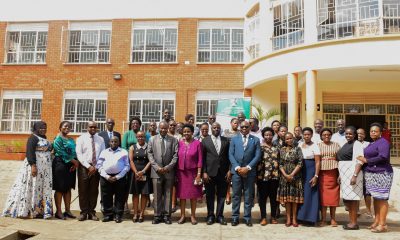
 General1 week ago
General1 week agoMakerere University Writing Centre trains first cohort of staff on professional minute writing
-
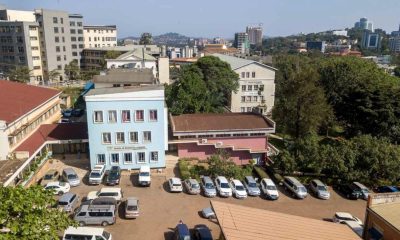
 General1 week ago
General1 week agoCall For Applications: Mak-BSSR Postdoc, PhD, Master’s Fellowship-level Training
-
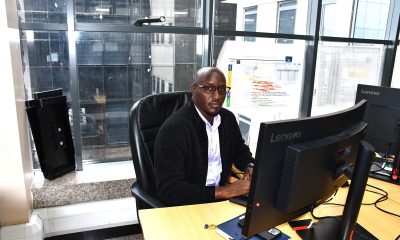
 General2 weeks ago
General2 weeks agoMeet Sedrick Nuwagaba, a Mastercard Foundation Scholars Program Alumni Contributing to Uganda’s Oil & Gas Industry
-

 Business & Management2 weeks ago
Business & Management2 weeks agoUganda National Academy of Science inducts Professor Edward Bbaale as Distinguished Fellow
-

 Research4 days ago
Research4 days agoMakerere University and Ministry of Public Service Study Reveals Impact of Salary Enhancement on Teacher Performance in Uganda
